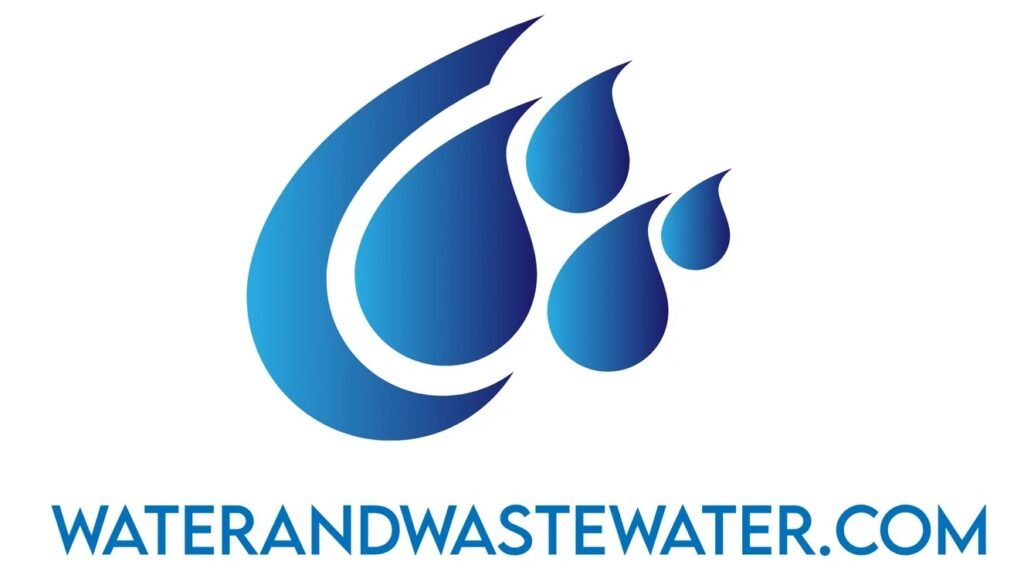Chemical Water Softener
Understanding Chemical Water Softeners: An In-Depth Exploration
Water is essential for life, but in its various forms, it can lead to numerous challenges. One such challenge is hard water, which is rich in dissolved minerals, primarily calcium and magnesium. While this water is generally safe for consumption, it can create problems in households and industries alike. Chemical water softeners are a popular solution for mitigating these issues. This article will delve deeply into the science behind chemical water soften, how they work, their benefits, types, and their applications.
What Is Hard Water?
Hard water contains high concentrations of dissolved hardness minerals, predominantly calcium (Ca²⁺) and magnesium (Mg²⁺) ions. The hardness of water varies from one geographical location to another, often depending on the local geology. Water hardness is typically classified into three categories:
- Temporary hardness: This is primarily due to bicarbonate minerals and can be removed by boiling the water.
- Permanent hardness: Caused by sulfate and chloride minerals, this type cannot be removed by boiling and requires chemical treatment.
- Total hardness: This is the sum of both temporary and permanent hardness.
How Hard Water Affects Daily Life
Hard water can have a range of negative effects on both household and industrial operations, including:
- Scale buildup: Hard water can lead to mineral deposits (calcium carbonate) accumulating in pipes, water heaters, and appliances, decreasing their efficiency and lifespan.
- Soap scum: Hard water reacts with soap to form scum, making it difficult to create lather and leaving residues on dishes, skin, and laundry.
- Skin and hair issues: Hard water can cause dry skin and hair because minerals inhibit the cleansing properties of soap.
- Higher energy costs: Appliances that operate with hard water tend to consume more energy due to scale buildup, leading to higher utility bills.
What Is a Chemical Water Softener?
A chemical water softener refers to systems or treatments that remove hardness minerals from water, making it "soft." These systems operate through various chemical processes, effectively replacing calcium and magnesium ions with sodium or potassium ions.
How Chemical Water Softeners Work
Chemical water softening typically involves two main processes: ion exchange and precipitation.
-
Ion Exchange: This is the most common method used in residential water softening. The system contains a resin bed filled with sodium ions. As hard water passes through the resin, calcium and magnesium ions in the water are attracted to the resin and replace the sodium ions. The overall reaction can be simplified as:
[ 2 \text{Na}^+ + \text{Ca}^{2+} \rightarrow \text{Ca}^{2+} + 2 \text{Na}^+ ]
The end result is softened water, with significant reductions in hardness. - Precipitation: In some methods, chemicals like sodium carbonate or phosphates are added to the water to precipitate calcium and magnesium ions out of solution, which can then be removed as sludge. This method is often used in larger industrial applications due to its efficiency and effectiveness in high volumes.
Types of Chemical Water Softeners
Chemical water softeners can be categorized mainly into two types: ion exchange systems and chemical dosing systems.
1. Ion Exchange Softeners
These are the most widely used in both residential and industrial applications. They work using the ion-exchange mechanism explained above. Common varieties include:
- Salt-based Systems: The most common residential softeners that utilize sodium chloride for the ion exchange process.
- Potassium-based Systems: Similar to salt-based systems but use potassium chloride instead. These are often marketed as a more environmentally friendly option.
2. Chemical Dosing Systems
These systems typically involve dosing the water supply with chemicals to remove hardness. They include:
- Calcium and Magnesium Sequestering Agents: These chemicals bind to hardness ions. Common agents include phosphates, polyphosphates, and citrates.
- Anti-scaling Chemicals: Help prevent the precipitate formation of scale rather than removing hardness directly.
Benefits of Using Chemical Water Softeners
Chemical water softeners offer a range of advantages, including:
- Improved Efficiency: Softened water increases the efficiency of water heaters and appliances, reducing energy costs.
- Longer Lifespan for Appliances: With reduced scale buildup, appliances last longer, and maintenance is minimized.
- Enhanced Cleaning Power: Soaps and detergents work more effectively with soft water, resulting in cleaner dishes, clothes, and skin.
- Increased Satisfaction: Many users report softer skin and hair when using soft water, leading to enhanced comfort and satisfaction.
Considerations and Drawbacks of Chemical Water Softeners
While chemical water softeners provide many benefits, there are also considerations and potential drawbacks:
- Sodium Content: Traditional salt-based systems add sodium to the water, which can be a concern for people on low-sodium diets. Potassium-based options are available but often at a higher cost.
- Environmental Impact: The discharge of sodium- and chloride-laden wastewater can be problematic for local environments; proper disposal methods must be adhered to.
- Initial Costs: The installation of a water softener can be a significant initial investment. However, many find the long-term savings in energy and maintenance costs justify this expense.
- Regeneration Process: Iron and manganese can build up and interfere with the softening process, necessitating periodic regeneration that uses additional resources and salt.
Installation and Maintenance of Chemical Water Softeners
Installation Considerations
When installing a chemical water softener, several considerations should be kept in mind:
- Capacity: Assess your household’s water capacity needs. The size of the system should match your daily water consumption.
- Location: Choose a suitable location for installation, typically where the main water line enters your home.
- Professional Installation: While DIY installations are feasible, professional installation ensures that the system is set up correctly, minimizing long-term issues.
Maintenance
Regular maintenance is essential for the efficient operation of a water softener. This includes:
- Salt Refills: For salt-based systems, salt levels need to be checked and replenished periodically.
- Cleaning the Resin Tank: Periodically, the resin tank may need cleaning to remove iron and other impurities that can affect performance.
- System Checkup: Regular evaluations of the system components, such as the control valve, to ensure everything is functioning correctly.
Monitoring Water Quality
While using a chemical water softener improves water quality, it’s essential to monitor the water regularly. Regular testing can determine hardness levels and the effectiveness of the softening process.
Alternatives to Chemical Water Softeners
For some, chemical water softeners may not be the preferred choice due to the above considerations. As a result, alternative solutions have emerged:
-
Physical Water Softeners: These use methods like magnetic fields or other physical forces to alter the properties of hard water without ions exchange. Results can be variable and often depend on conditions.
-
Reverse Osmosis Systems: While primarily used for water purification, these systems can also reduce water hardness and are effective for drinking water applications.
- Descaling Devices: These devices help to reduce scale buildup but do not remove hardness minerals. They are often a temporary solution rather than a complete fix for hard water issues.
Conclusion
Chemical water softeners provide an effective means to mitigate the issues that arise from hard water. By employing ion exchange or chemical dosing methods, these systems facilitate the delivery of softened water, enhancing efficiency, appliance longevity, and daily satisfaction. However, potential drawbacks, including the addition of sodium, environmental impacts, and installation costs, must be adequately considered.
In a world where water quality is paramount for health, functionality, and comfort, understanding the intricacies of chemical water softeners empowers homeowners and industries alike to make informed decisions. Whether you are evaluating your household’s water needs or optimizing industrial processes, the science of water softening remains an essential chapter in the narrative of sustainable living and economic efficiency.
As ongoing research explores new methodologies and materials for water softening, it is prudent to stay informed about the latest advancements. Whether through chemical, physical, or new-age solutions, the journey toward understanding and addressing water hardness represents an essential endeavor for modern civilization.


